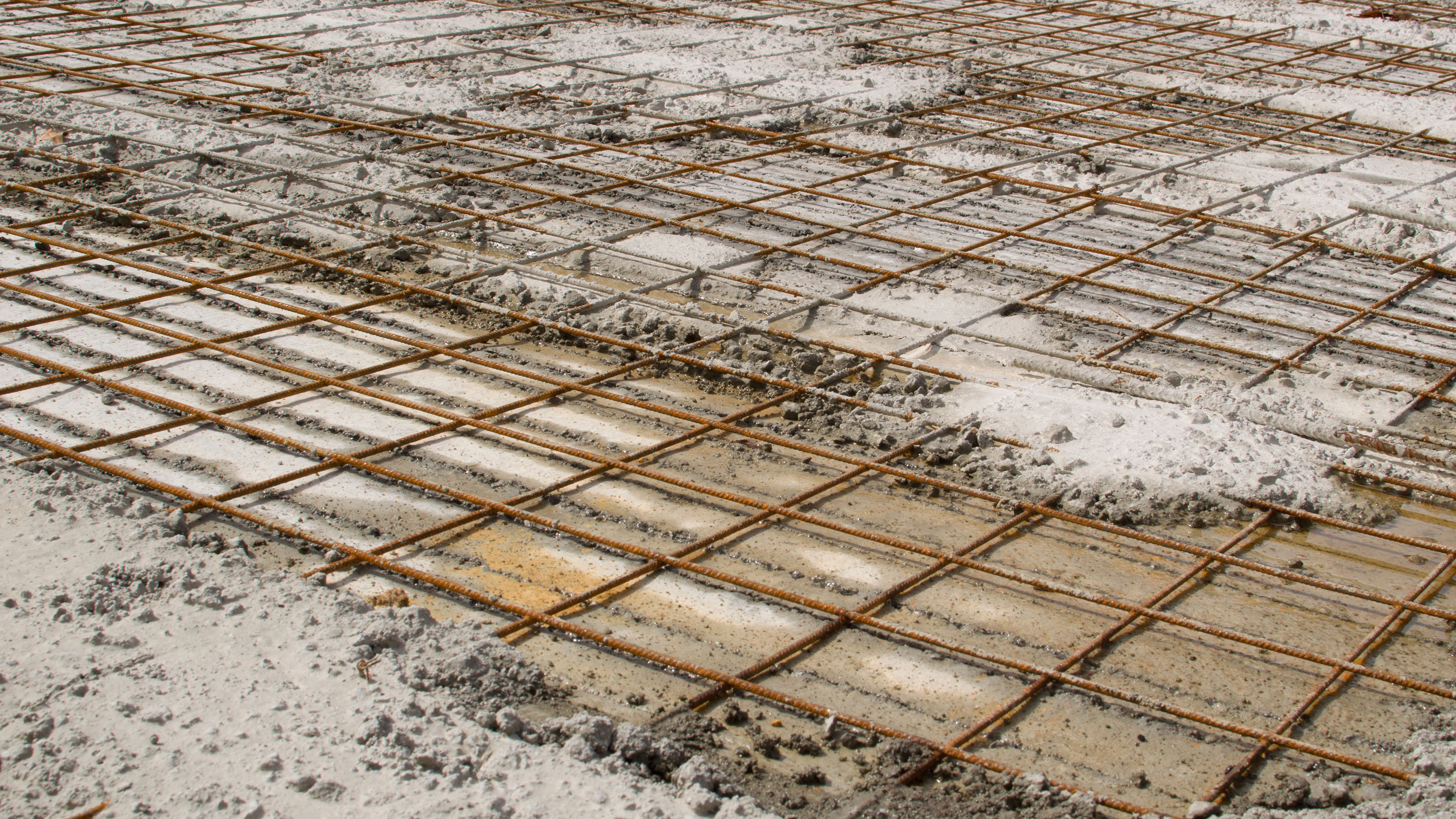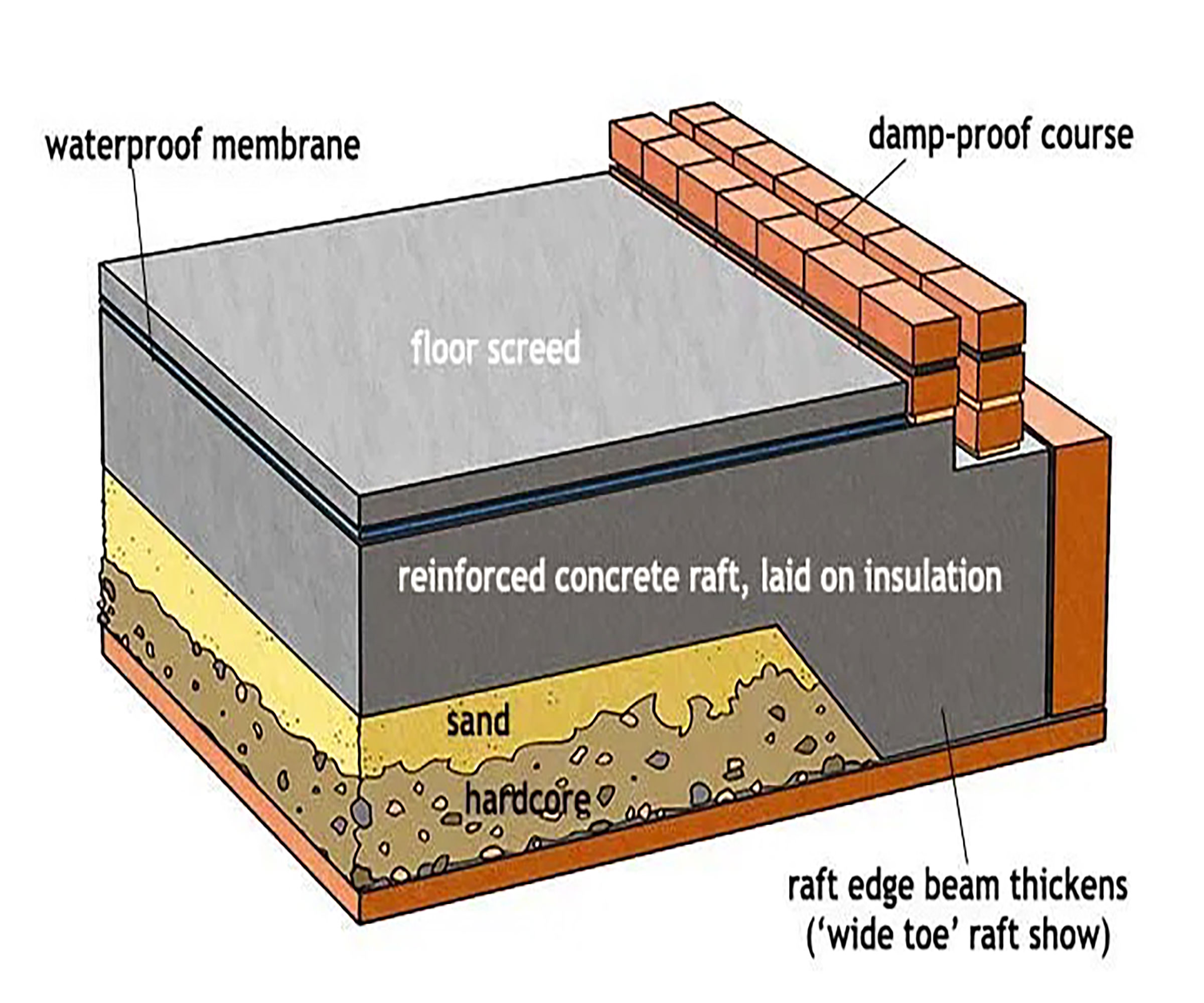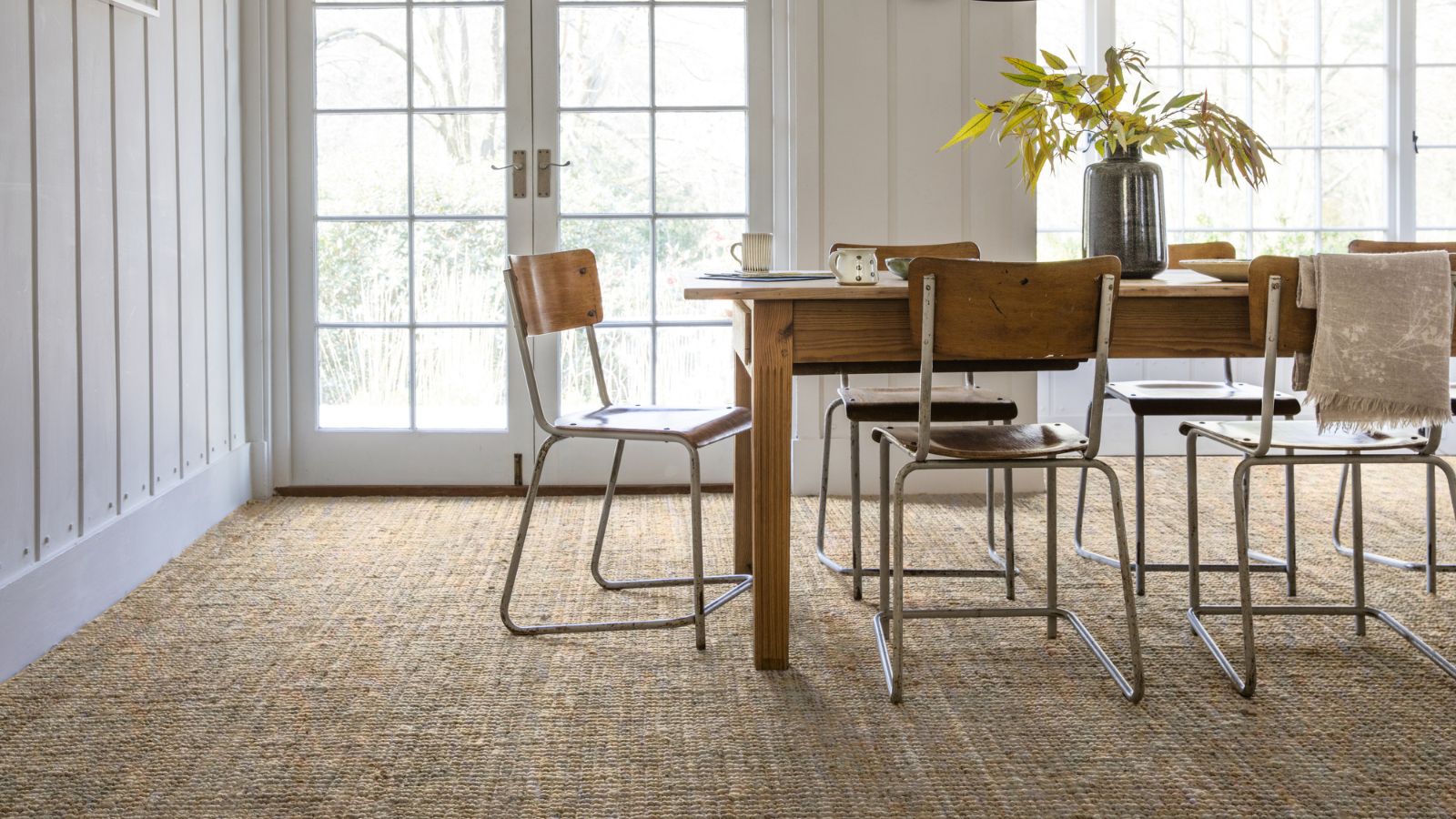What are raft foundations and where are they used?
Just what are raft foundations and will they be required for the construction of your new house or extension? Our guide explains everything you need to know

Just what are raft foundations and is this something you will need to know about when building your own home or creating an extension?
The world of foundation systems can be a confusing one to get to grips with and certainly isn't one of the most glamorous aspects of self building, yet it is crucial to understand what kind of foundations will be needed where if you want your project to be a success.
There are many different types of foundation systems out there and some will be better suited to certain sites and house types than others.
"An engineer’s design based on calculations of the building’s loads and the loadbearing capacity of the ground will indicate the foundation solution to be used," explains Homebuilding & Renovating's Director of Content Michael Holmes. "Anyone who wants to keep control of their budget and schedule needs to work out the most appropriate foundation system to use as early as possible. The best way to achieve this prior to starting work on site is to instruct a geotechnical study which involves digging or boring trial holes around the site of a proposed new building."
In this guide, architect Ninian MacQueen explains everything you need to know about raft foundations, including their pros and cons and how much they are likely to cost.
What are raft foundations?
There are several types of building foundations. Raft foundations are relatively shallow slabs of reinforced concrete. They are often uniformly thick and tend to cover the entire area of a building’s footprint. The structural loads acting on the foundation are spread, as evenly as possible, through the concrete into the ground below. The foundation itself can therefore be thought of as floating like a raft would on water. To further boost this nautical analogy, if the area beneath the foundation hasn’t been prepared correctly, or if the foundation has not been specified properly, then settlement is a risk and the slab might even start to sink!
The reinforcement is provided via a double layer of steel rod ‘meshes’ set within the concrete. Their location, closer to the top and bottom side of the raft, deals with the imposed downward and upward bending forces preventing the slab from cracking. The steelwork is built in situ and needs to be inspected by the structural engineer prior to the concrete being poured. Areas where structural loadings are most intense – around columns or load bearing walls – will usually require stronger reinforcement.
Bring your dream home to life with expert advice, how to guides and design inspiration. Sign up for our newsletter and get two free tickets to a Homebuilding & Renovating Show near you.

Different types of raft foundations
There are a few different types of raft foundation including solid slab raft, slab beam raft, cellular raft and piled raft foundations.
1. Solid slab raft foundations
Solid slab rafts are common and have various subcategories.
A ‘flat raft mat’ is a reinforced concrete slab of uniform thickness with a mass of steel reinforcement top and bottom to provide resistance against both upward and downward bending.
A ‘wide toe raft’ is used where the ground necessitates an unfeasibly thick flat raft of concrete, for instance on ground with poor compressibility. Here the edges of the raft supporting the main walls are constructed thicker and deeper, and reinforced with metal ‘cages’. Construction is similar to a very thick solid concrete floor slab, but can either be cast directly into the ground or ‘floating’ on a bed of fine granular material. A thicker ‘edge beam’ is therefore used, usually around the perimeter of the foundation, to take the heavier load of any external walls, allowing for a much thinner foundation elsewhere.
There are also ‘slip plane rafts’ that use a layer of compressed sand beneath the foundation to cope with any movement in the surrounding ground, and ‘blanket rafts’ that use layers of stones to help the foundation span localised weak spots in the ground below.
2. Slab beam raft foundations
Slab beam rafts are used when unusually large or uneven structural loads - such as those imposed by heavy columns - require the use of a ground beam to provide additional support. These beams are usually set directly beneath the problematic structural load, and can also take the form of an ‘upstand beam’ sitting above the raft foundation.
3. Cellular raft foundations
Cellular raft foundations are suitable for heavy loads imposed on ground with a very low load bearing capacity. They are usually formed of two slabs with interlocking ground beams running in two directions with voids between them and as a result they are very rigid.
4. Piled raft foundations
A piled raft foundation is essentially a regular raft slab that has been enhanced with the addition of piles set beneath it. The piles bring additional stability – as they resist settlement – and improved loading capacity, so are popular for taller buildings or for use on sites with low loading bearing capacity.
When to use raft foundations
Raft foundations are used primarily for buildings of relatively small size, or structural loading, such as one or two storey houses, extensions or basements. They are also very good foundations for difficult sites with ‘soft’ ground composed of compressive clay or infill, where settlement is a risk, and where other deeper foundation types would require excessive excavation.
By distributing the load over the entire footprint, the load per unit area is reduced, making a raft suitable where there’s ground instability, such as sites with a history of mining.
Rather than trying to anchor the building, in the event of subsidence the raft is designed to absorb the movement, protecting the structure of the building sitting on top. Because rafts can bridge across weak areas, they’re also often used on compressible backfill land, sites with groundwater or clay prone to excessive shrinkage, and areas with unpredictable geological conditions such as streams flowing deep below the surface.
Rafts also need to accommodate possible ground movement without fracturing service pipes and drains which can be run through collars cast in the concrete.
Pros and cons of raft foundations
The main advantage of raft foundations is that they are usually quick and relatively inexpensive to install, as they are shallow when compared with other foundation types, such as piled foundations, and therefore require less concrete.
Raft foundations are less effective when the structural loadings are particularly heavy or concentrated in certain areas of a building’s footprint. As they are often flat or relatively shallow, they can sometimes erode or crack around their perimeter. They are also usually quite messy to construct and you need to pick a sensible time of the year when it is likely to stay dry long enough to install and set properly.
Raft foundation depth
For domestic projects the relative thickness of a raft foundation is commonly somewhere between fifteen and thirty centimetres. This is dependent on the type and size of building loads acting on it and the bearing capacity of the ground below.
The depth of the raft foundation in relation to the ground level is dependent on the design of the proposed building. It is common for finished floor levels to match the external ground level, or in the case of a new basement be several meters below ground level. As such when considering the full depth of a raft foundation an architect must take into consideration the combined build-up of any sublayers, the foundation itself, insulation and flooring, alongside the desired finished floor level. There are of course numerous other site-specific factors that will influence the depth of any finished raft foundation and they should all be carefully considered with the help of an experienced and qualified structural engineer.
Raft foundation costs
Foundation costs – including those associated with raft foundations – are dependent on a number of factors. These include – but are not limited to – the location and size of the build, the contractor doing the work and the price of the materials involved. The main drawback of raft foundations can be the high cost, largely when there is an enormous amount of high-strength concrete and steel consumed.
Having said that, raft foundations can be relatively inexpensive to construct in comparison to other foundation types because of their relative simplicity. As mentioned already, they are usually fairly shallow and therefore do not require extensive evacuation, or a significant amount of concrete and steel to install.
A cost consultant or contractor, local to your area, would be able to advise on a sensible cost per square metre rate. This rate can then be used as a guide - forming part of your initial project feasibility assessment - before being developed as your project progresses to the more detailed design, tender and construction stages.
If you are still researching your options for foundations, there are several other types that are well worth a look to see if they might suit your build, site and soil type.
These include: strip foundations, trench fill foundations, piled foundations and pad foundations, all of which you can get more information on by reading our in-depth expert guides.

Ninian MacQueen is an ARB registered, and RIBA chartered, architect. He studied at the Mackintosh School of Architecture in Glasgow, before completing his ‘Part 3’ at the Bartlett School of Architecture in London. He worked for four Stirling Prize winners – including Richard Rogers, Norman Foster and AHMM architects – as well as smaller firms, before starting his own private practice: Borderland Studio. His designs have contributed to super tall towers, city master plans, infrastructure projects, and many others in countries such as India, Russia, China, Nigeria, Canada and the UK.
